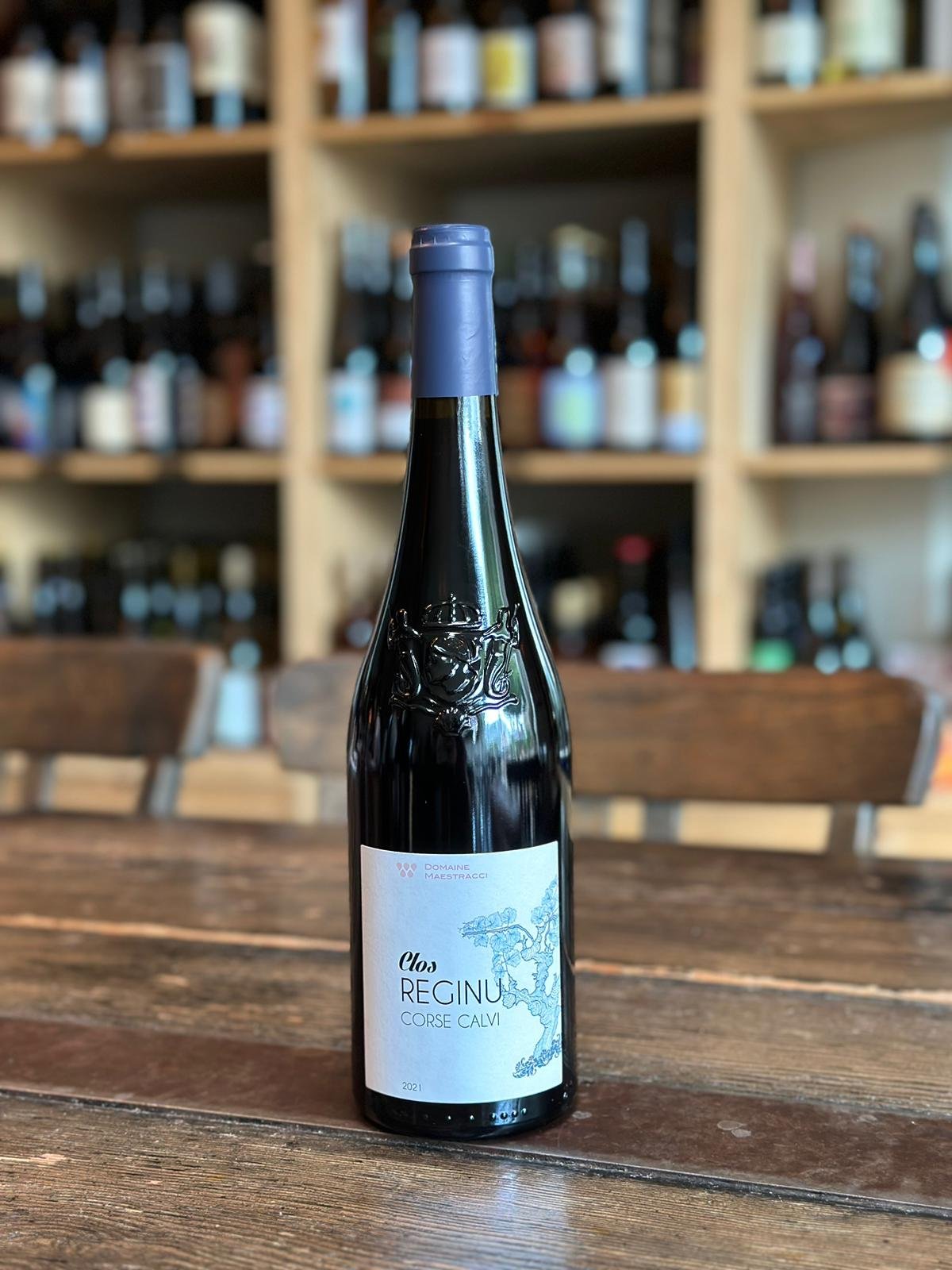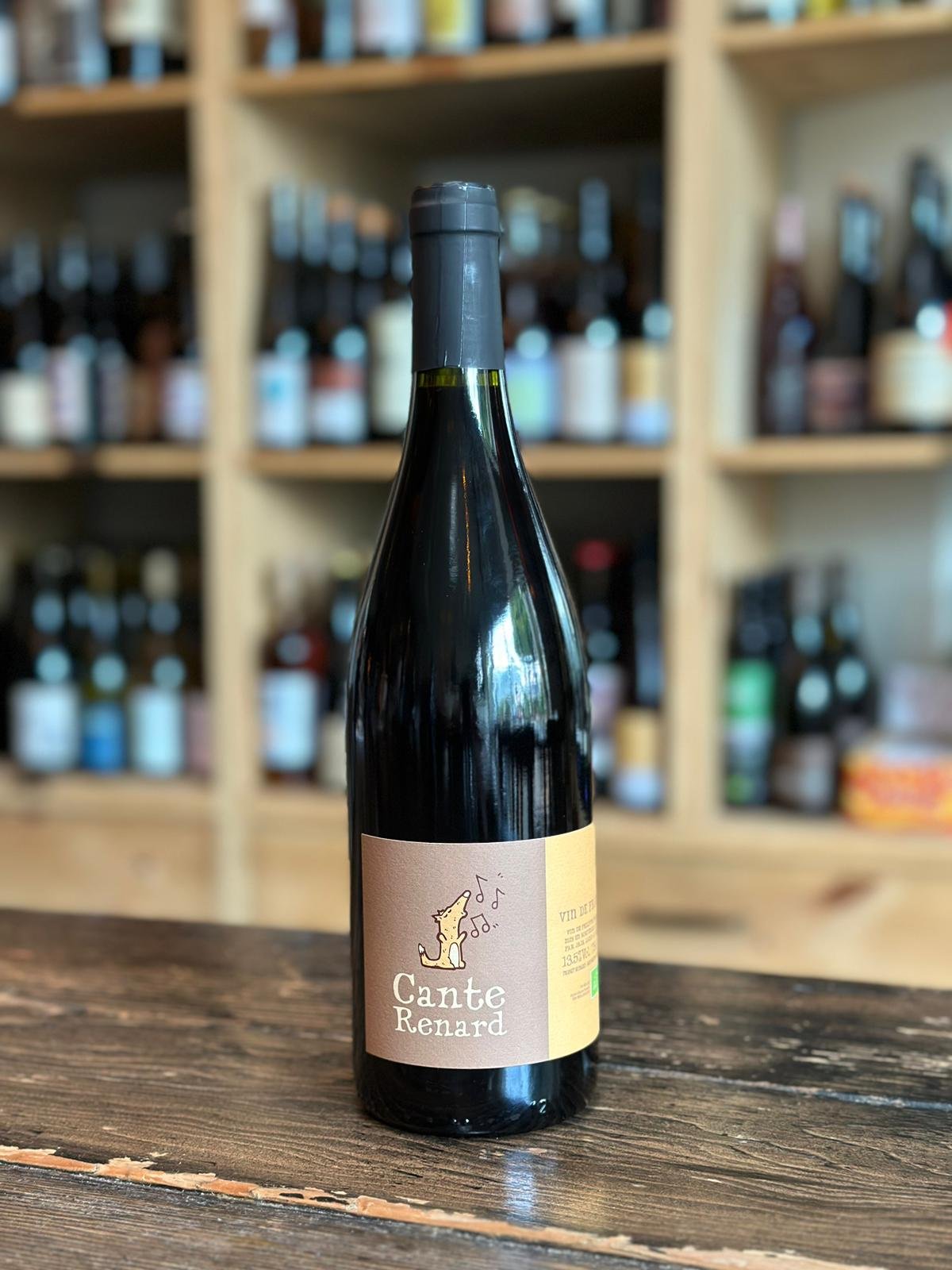Wine Club | February 23: Salty Crushers, Enchanting Reds
Salty Crushers, Enchanting Reds
〰️
Salty Crushers, Enchanting Reds 〰️
Salty Crushers, Enchanting Reds
Cou cou, Little Prince foos! We’re already heels dug-in coming up on February which means that your wines will be ready for pick up on the following Saturday, February 4th. Come by the patio 1pm through 5pm to pick up your wines and hang with all the dope folks that make this club what it is. It’s been a genuine pleasure watching some friendships form over wine, as some of the strongest bonds have commenced over the glass or across the counter for all of us in this business. This month we’ll be digging into Jacky’s bag-o-tricks with a looser format. Just five wines that we totally dug, no necessary correlation but we’ve got a couple laser focused whites/skin contact and some profoundly delicious reds. See you on Saturday! Cheese, charcuterie, and tin fish will be available to order till 5pm. And as always, if you can’t make it then you can come by anytime we are open to pick up the wines at a later date.
Little Pack
-
Part of a series of wines that the winemaker calls, “hors normes” or “outside the norm” which are far from meeting the criteria of the appellation Fiefs Vendéens. These requirements can sometimes demand spraying chemicals in the vineyard, aging the wine in vessels which would influence the flavor of the wine, or filtering and fining the wines. This series is based on the pure incredible fruit from Mourat’s fifteen year old vines.
-
This Malasia Istria or Monemvasìsa from Nevio Scala, is a white wine macerated on the skins for a duration of eight months in cement tanks. The wine’s bouquet presents a perfume of lemon zest, peaches, butter and fresh flowers while on the palate the wine is vibrant with optimal freshness and an enveloping softness.
Prince Pack
-
This field blend is composed of a mosaic of 7ha of choice plots from a 13ha property mostly on clay and limestone. Farmed organically with biodynamic practices, the wine is hand harvested and then whole cluster fermented in fiberglass and then racked into demi-muids (large neutral barrels) to age for 6 additional months.
-
Zafirah (a Muslim name that means graciousness) is made of a mix of the high-spirited red grapes, Brancelho (also commonly known as Alvarelhão in Portugal, and Brancellao or Albarello in Spain, and seemingly dozens of other names), Cainho Longo, Espadeiro, the dark and structured Vinhão (also known as Sousão in Portugal and Sousón, in Spain) as well as a high acid red called Borraçal (Caíño Tinto). The wine is made like a short-term, skin-contacted white, or long skin-contacted rosé. After destemming, the grapes macerate on the skins for only two days and are then pressed, tank settled for an additional two days and then put in 225-liter old oak barrels (15-20 years old) for fermentation. The fermentation is natural and there is no temperature control; however, the size of the barrels limit the temperature to a maximum of around 23°C. The wine is lightly filtered to clarify any turbidity, and there are no fining agents used before bottling. The sulfite level of the wine is low, thanks to the naturally high acid and low pH of the wine. The average age of the vines is thought to be well over fifty years, but not exactly known—typical in these parts.
-
Clos Reginu is made from their youngest vines and is a lively joyous wine. It's an assemblage of Grenache, Niellucio, Sciaccarellu, Syrah and Mourvedre and marked by red fruit both juicy and dried, a touch of iron and leather and a bright energetic finish.
Monthly Musings
While I find that wine clubs are the most pleasurable when monthly drops correspond to a theme that will elucidate more about the wines themselves, the region they come from as well as the culture they come from, along with giving you a sense of how this fits into the world of wine however sometimes between tasting many disparate wines I find some that I really just love but don’t have a certain symmetry when it comes to the details. This month I’ve thrown out the structure and just gathered up what I loved from the many visits of importers and distributors. The wines hail from France, Corsica, Italy, and Portugal. Each in their own right compelling and unique, some perhaps new categories for most and others familiar yet astounding. Let’s dive in!
South of the black and white banners of the famed city of Nantes on the Atlantic coast of France, hugging the delta-veined coast rests the Appellation d’origine Contrôlée of Fiefs Vendéens. Among the bizarrely tropical-mediterranean seeming landscape are the vines of Jérémie Mourat. The name Mourat is intimately linked to wine: A line of vignerons (A french word for winemaker that denotes not only growing the grapes and making the wine but also running the business aspect of the estate) and sauniers (salt workers) on the Ile de Ré until the end of the 19th century, then wine merchants in Sables d’Olonne for three generations; it is in 1974 that Jean Mourat created the vineyard that would become Château Marie du Fou.Jérémie joined him in 1998 to perpetuate the adventure, while establishing two new estates in the region, the Clos Saint-André in 2006 and the Moulin Blanc in 2011. For more than 10 years, all these vineyards have been farmed organically or are in biodynamic conversion. The reputation of Vignobles Mourat is based on our two principal values : global-awareness and remaining true to their cultural roots and heritage.
Located in the village of Lozzo Atestino (Padua) in the Veneto, Nevio Scala is a 3rd generation family estate. Nevio was born in this area and takes great pride in carrying on the local traditions and respecting the environment. The estate is organic certified since 2019. This is the short version of the story, but the Scalas have been working in agriculture for more than a century. Back in 1929, the year of one of the greatest economic global crises, Nevio’s grandfather Angelo lost his properties and decided to leave Minerbe (in the province of Verona) with only 12 oxen left. He found a good job working for the Albrizzi earl’s estates located in the Euganean Hills, just south of Padova. With the help of his wife Giuseppina and his son Francesco, and after a lot of hard work, he managed to reclaim some land, thus the estate which Nevio tends today was born. The Scalas have planted the Istrian Malvasia clone and Monemvasia is the cuvée name with an average yearly production of 500 cases. Once again viticulture history intertwined with the estate can tell us a story. Since the 13th century Venetians imported and deeply loved wines coming from Monemvasia, a Greek port that gave the name to the whole Malvasia grape family. The Istrian clone is widely planted mainly in Friuli, with a smaller presence to the west as far as Garda Lake. Malvasia also has entirely Greek genetics unlike the Italianized, floral Malvasia di Candia. Sharp, angular, delicious. Serve with Ciccheti and lagoon flooding.
To move onto the Prince Pack, we’ll start with Philippe Pibarot. Philippe likes to describe himself as "Un artisan consciencieux (a conscientious craftsman). His vines are planted in the small city of Mus, in the Languedoc. He has become somewhat of a guru for young winemakers starting to convert to organic and biodynamic viticulture. The wines are made to be natural and accessible: delicious juice. He harvests only the most perfect bunches to make his flawless and outstanding cuvées. This larger blend is quaffable and yet still infused with that enchanting aromatic spice that makes these lighter syrah blends so compelling. Philippe is rocking the untouched no So2 vibe and so when you pop this one, you gotta be ready to commit lest ye invite the mouse in the house. (Mouse is sometimes called a Wine Flaw. It is an issue one can cover up or remove chemically or mechanically but in natural wine, it is accepted as a risk of the trade. Some even enjoy the barnyard taste of wet fur. Different strokes for Different folks, as we say at Little Prince.
Constantino Ramos is the most interesting young wine producer in Monção e Melgaço, Portugal’s most prestigious and famous subzone of the Vinho Verde. Once mentioned in conversation with other Portuguese winemakers and wine professionals, all familiar with Constantino and his wines express their belief in his talent. As an inveterate lover of quitting jobs, Constantino’s story is one close to my running heart. At a beach pub outside of Lisbon, Constantino Ramos felt the need to come clean with the woman he hoped would someday be his wife. The confession? He hated his job. Pharmaceuticals were a bore and thoughts about someday making wine like he did with his grandma when he was a child in their vineyards in the Dão had started to overwhelm him. Margarida’s immediate support gave him the push he needed and he penned his resignation letter that night. Zarifah is a dope red blend of indigenous grapes!
High in the foothills of Monte Grossu mountain lies the granite plateau of Reginu, an area long known for U Vinu di E Prove–the wine of the Prove in Corsica. The plateau has been used for vine and olive growing for centuries. In 1945, when the owner of an olive pressing operation packed up his mill, Roger Maestracci saw a golden opportunity and moved in. Within a few years the domaine had established a firm reputation in the area. Roger passed along the reins to his son-in-law, Michel Raoust, who has since handed over the winery to his daughter, Camille-Anaïs. She allows the red at least two years in large oak casks, while the white is bottled young to maintain the freshness of the terroir. These are quintessential Mediterranean food wines. Garrigue, spice, earth, savory and luscious. This wine so clearly emanates from the dust swept plains of Odyssey's Mediterranean, it makes me want to stop writing this and go take a dip.
For Wine Club pick-up and to learn more about and taste these wines, stop by Saturday, February 4th during Wine-Study from 1-5p!
Free wine flight of all 5 wines for Wine Club members!
Au revoir!
Little Prince & Bottleshop






